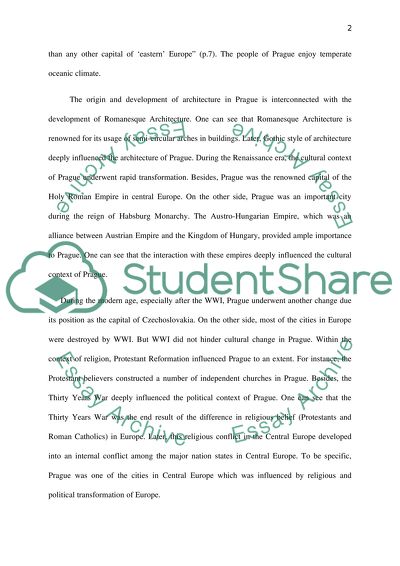Cite this document
(“A guide through Prague,its rich history and heritage Research Paper”, n.d.)
A guide through Prague,its rich history and heritage Research Paper. Retrieved from https://studentshare.org/tourism/1401943-a-guide-through-pragueits-rich-history-and-heritage
A guide through Prague,its rich history and heritage Research Paper. Retrieved from https://studentshare.org/tourism/1401943-a-guide-through-pragueits-rich-history-and-heritage
(A Guide through Prague,its Rich History and Heritage Research Paper)
A Guide through Prague,its Rich History and Heritage Research Paper. https://studentshare.org/tourism/1401943-a-guide-through-pragueits-rich-history-and-heritage.
A Guide through Prague,its Rich History and Heritage Research Paper. https://studentshare.org/tourism/1401943-a-guide-through-pragueits-rich-history-and-heritage.
“A Guide through Prague,its Rich History and Heritage Research Paper”, n.d. https://studentshare.org/tourism/1401943-a-guide-through-pragueits-rich-history-and-heritage.


